Andrew D Miller, Julian Tanner0470845309, 9780470845301, 9780470987155
Chemical biology is a rapidly developing branch of chemistry, which sets out to understand the way biology works at the molecular level. Fundamental to chemical biology is a detailed understanding of the syntheses, structures and behaviours of biological macromolecules and macromolecular lipid assemblies that together represent the primary constituents of all cells and all organisms. The subject area of chemical biology bridges many different disciplines and is fast becoming an integral part of academic and commercial research.
This textbook is designed specifically as a key teaching resource for chemical biology that is intended to build on foundations lain down by introductory physical and organic chemistry courses. This book is an invaluable text for advanced undergraduates taking biological, bioorganic, organic and structural chemistry courses. It is also of interest to biochemists and molecular biologists, as well as professionals within the medical and pharmaceutical industry.
Key Features: A comprehensive introduction to this dynamic area of chemistry, which will equip chemists for the task of understanding and studying the underlying principles behind the functioning of biological macro molecules, macromolecular lipid assemblies and cells.Covers many basic concepts and ideas associated with the study of the interface between chemistry and biology.Includes pedagogical features such as: key examples, glossary of equations, further reading and links to websites.Clearly written and richly illustrated in full colour.
Table of contents :
Essentials of Chemical Biology……Page 3
Contents……Page 9
Preface……Page 11
Glossary of physical terms……Page 13
1.1 General introduction……Page 19
1.2 Protein structure……Page 22
1.3 Carbohydrate structure……Page 44
1.4 Nucleic acid structure……Page 59
1.5 Macromolecular lipid assemblies……Page 87
1.6 Structural forces in biological macromolecules……Page 99
2.1 Introduction to synthesis in chemical biology……Page 111
2.2 Chemical synthesis of peptides and proteins……Page 112
2.3 Chemical synthesis of nucleic acids……Page 120
2.4 Chemical synthesis of oligosaccharides……Page 129
2.5 Chemical synthesis of lipids……Page 136
2.6 Biological synthesis of biological macromolecules……Page 137
2.7 Directed biological synthesis of proteins……Page 147
2.8 Biological syntheses of nucleic acids, oligosaccharides and lipids……Page 155
3.1 Key concepts in molecular biology……Page 157
3.2 Tools and techniques in molecular biology……Page 162
3.3 Cloning and identification of genes in DNA……Page 175
3.4 Integrating cloning and expression……Page 184
3.5 Site-directed mutagenesis……Page 188
4.1 Electronic and vibrational spectroscopy in chemical biology……Page 193
4.2 UV–visible spectroscopy……Page 194
4.3 Circular dichroism spectroscopy……Page 201
4.4 Vibrational spectroscopy……Page 207
4.5 Fluorescence spectroscopy……Page 211
4.6 Probing metal centres by absorption spectroscopy……Page 240
5.1 Magnetic resonance in chemical biology……Page 243
5.2 Key principles of NMR……Page 244
5.3 Two-dimensional NMR……Page 260
5.4 Multi-dimensional NMR……Page 265
5.5 Biological macromolecule structural information……Page 270
5.6 EPR spectroscopy; key principles……Page 284
6.1 Diffraction and microscopy in chemical biology……Page 291
6.2 Key principles of X-ray diffraction……Page 292
6.3 Structural information from X-ray diffraction……Page 301
6.4 Neutron diffraction……Page 315
6.5 Key principles of electron microscopy……Page 317
6.6 Key principles of scanning probe microscopy……Page 327
7.1 Molecular recognition and binding in chemical biology……Page 339
7.2 Theoretical models of binding……Page 358
7.3 Analysing molecular recognition and binding……Page 366
7.4 Biological molecular recognition studies……Page 383
8.1 Catalysis in chemical biology……Page 403
8.2 Steady state kinetic schemes……Page 426
8.3 Pre-steady-state kinetics……Page 459
8.4 Theories of biocatalysis……Page 466
8.5 Electron transfer……Page 489
9.1 Mass spectrometry in chemical biology……Page 493
9.2 Key principles in mass spectrometry……Page 495
9.3 Structural analysis of biological macromolecules and lipids by mass spectrometry……Page 508
9.4 The challenge of proteomics……Page 517
9.5 Genomics – assigning function to genes and proteins……Page 527
10.1 Chemical biology and the origins of life……Page 531
10.2 Molecular breeding; natural selection acting on self-organisation……Page 536
10.3 Directed evolution of protein function……Page 540
10.4 Directed evolution of nucleic acids……Page 548
10.5 Catalytic antibodies……Page 557
References……Page 561
Index……Page 573
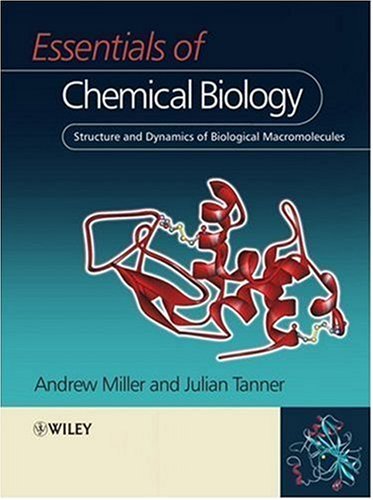
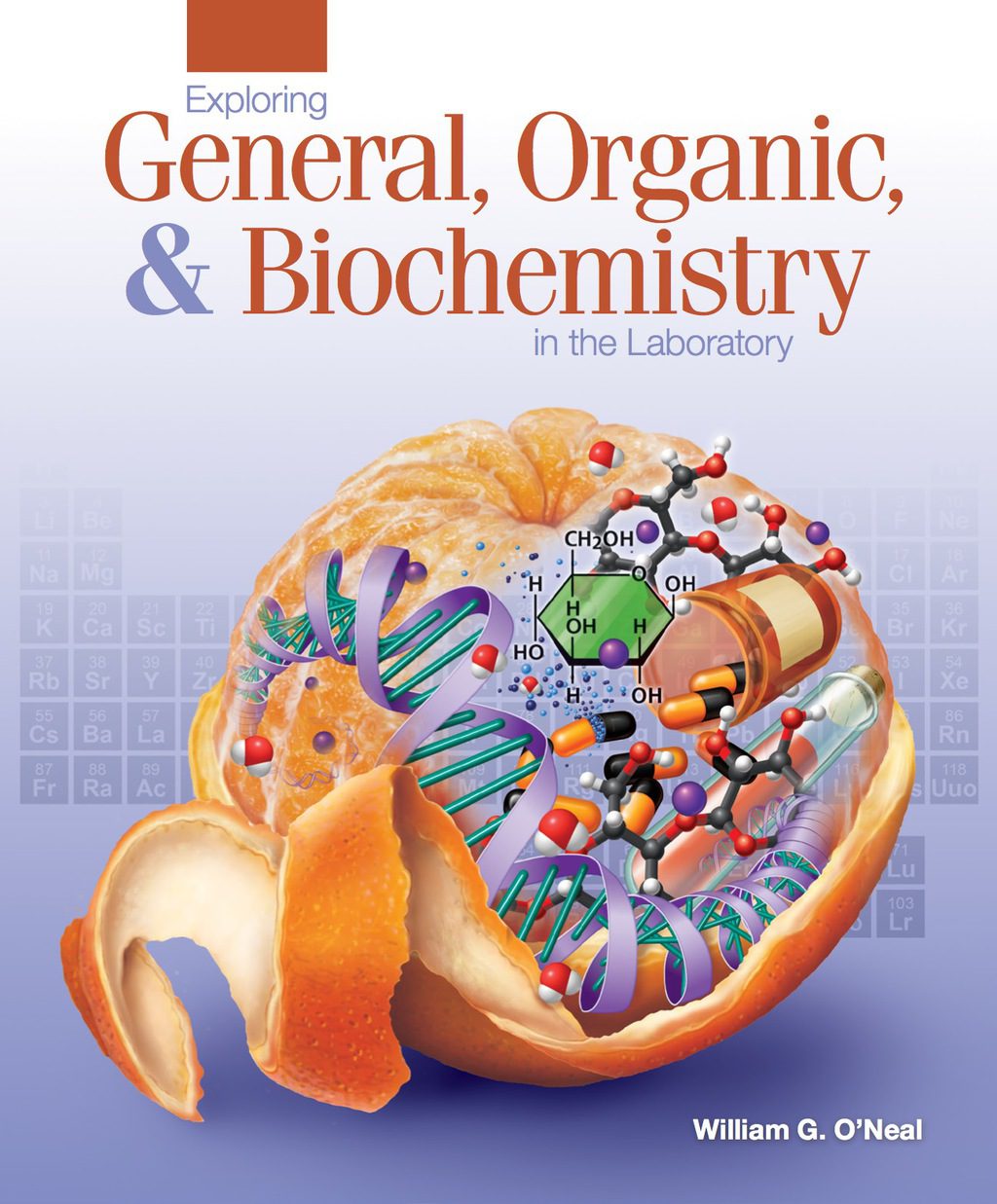

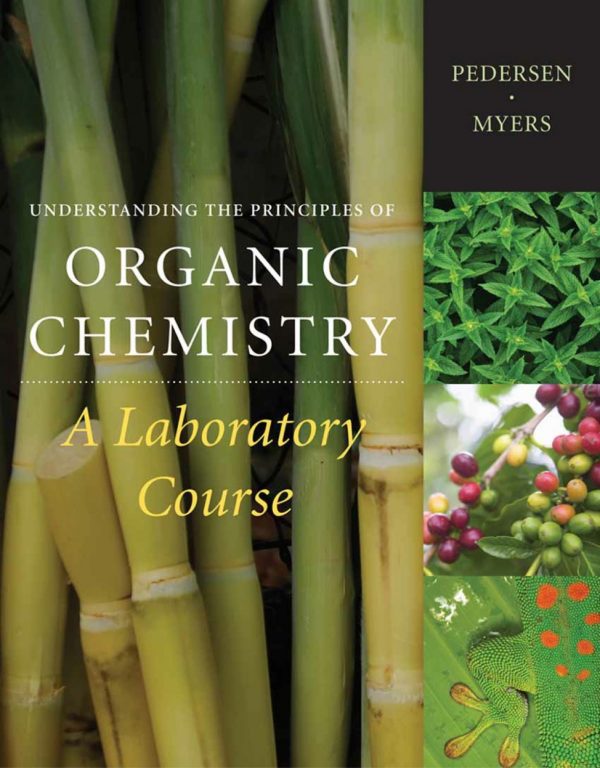

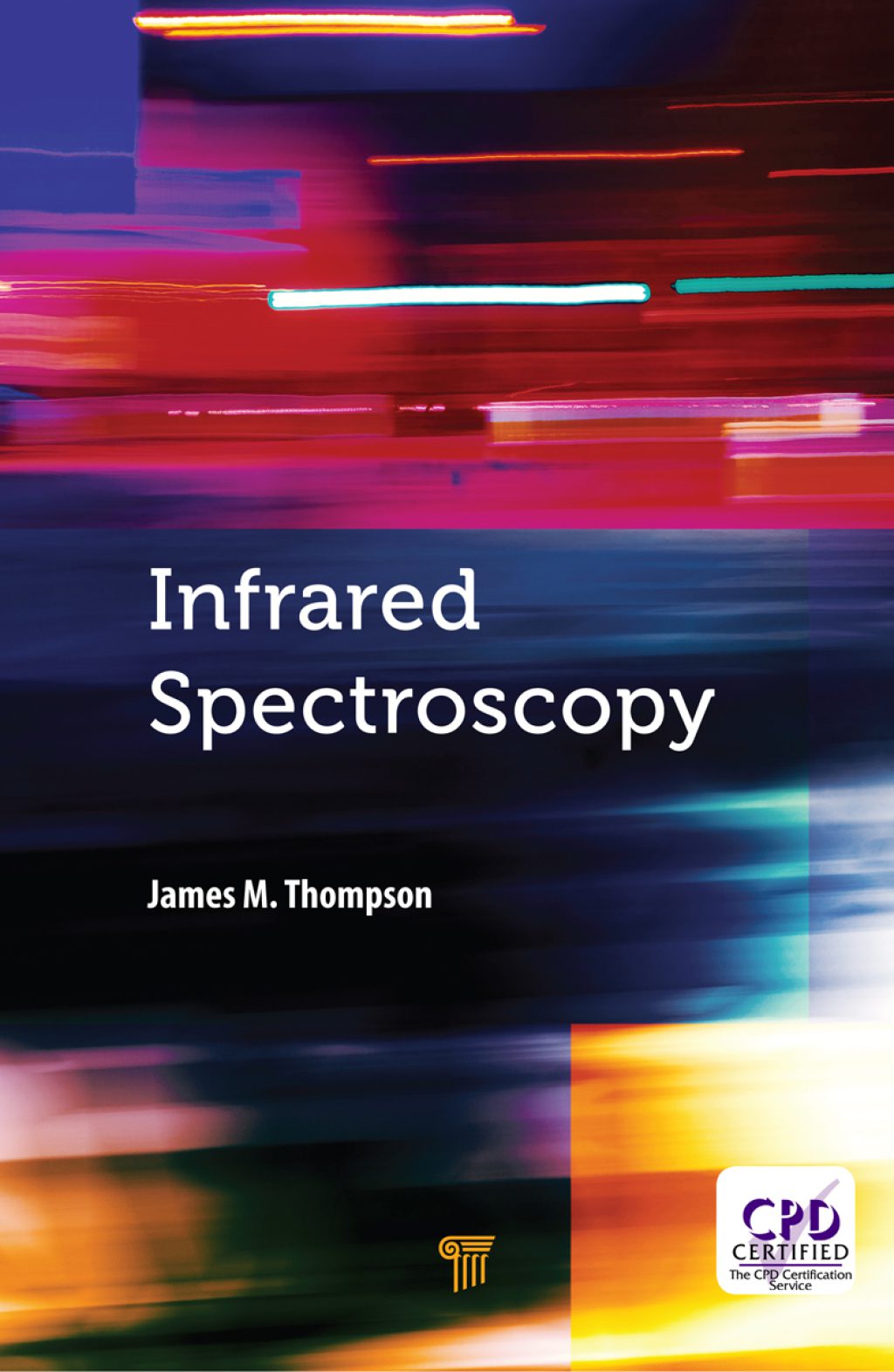
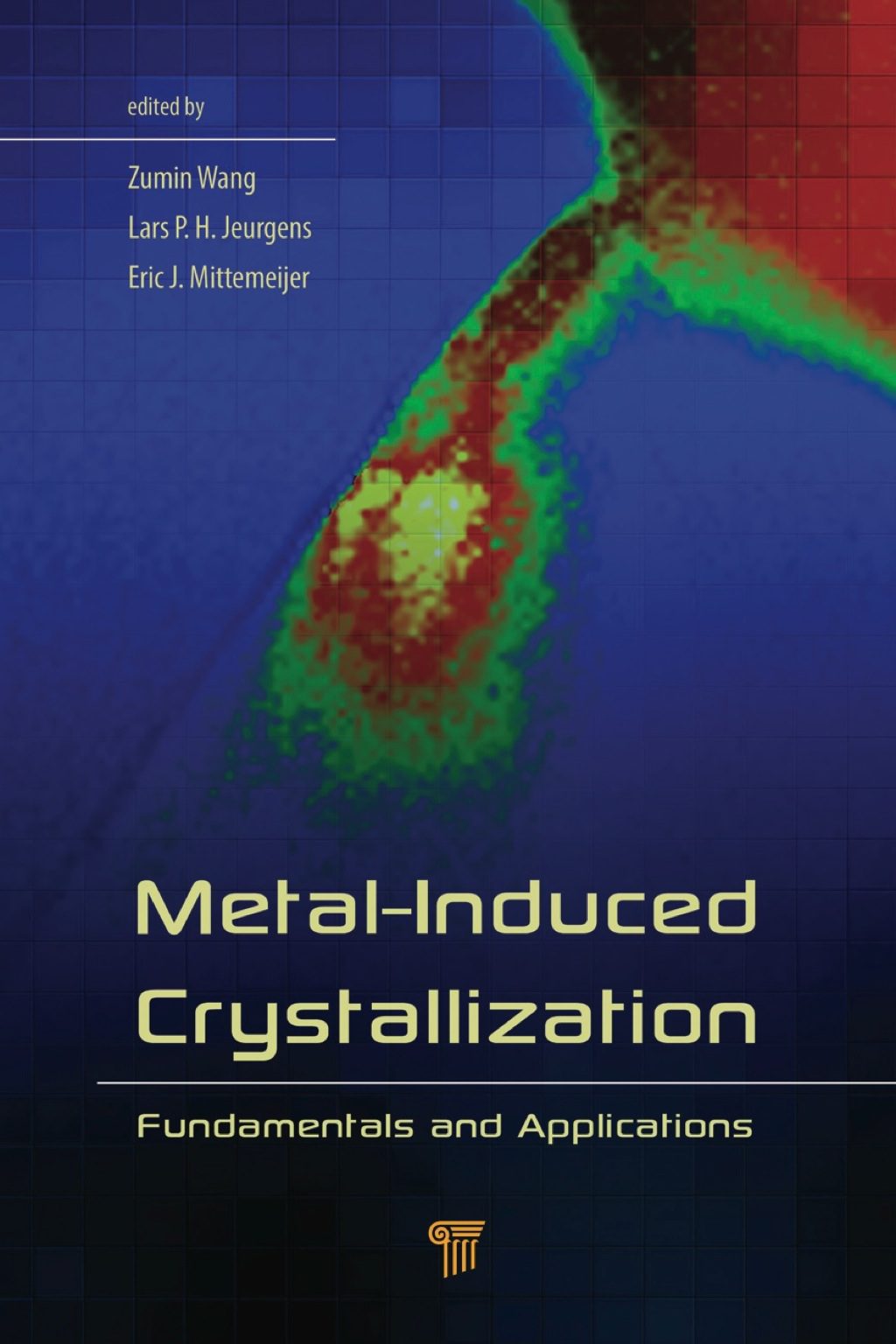
Reviews
There are no reviews yet.